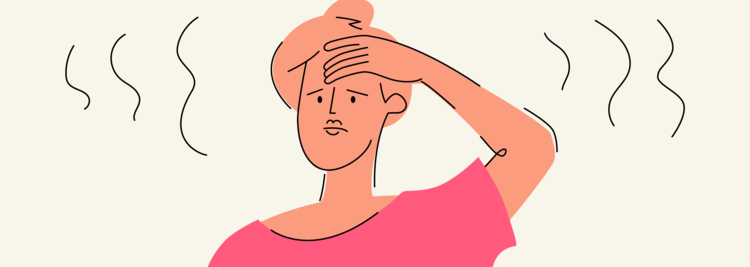Being able to distinguish between migraines and headaches equates to faster, more effective relief. Below, Flo covers the ins and outs of migraines vs. headaches, including effective treatment and management.
What is a headache?
Headaches are a widespread, well-documented ailment. The Egyptians recorded headaches as far back as 1200 B.C.
Since then, medical researchers have learned a great deal about this phenomenon. Headache pain is often the result of pressure in the brain, and, according to the World Health Organization, nearly 50 percent of adults get headaches.


